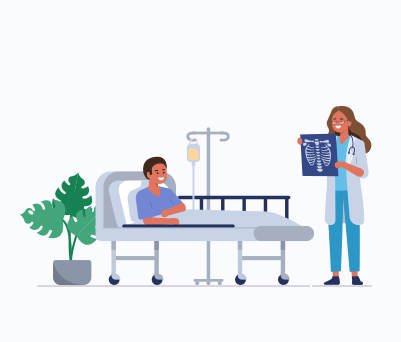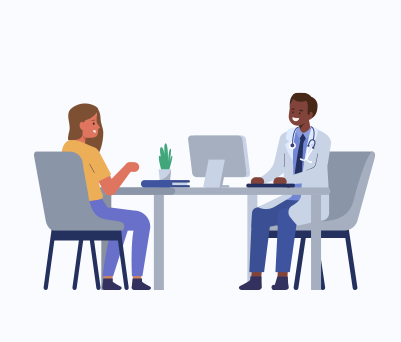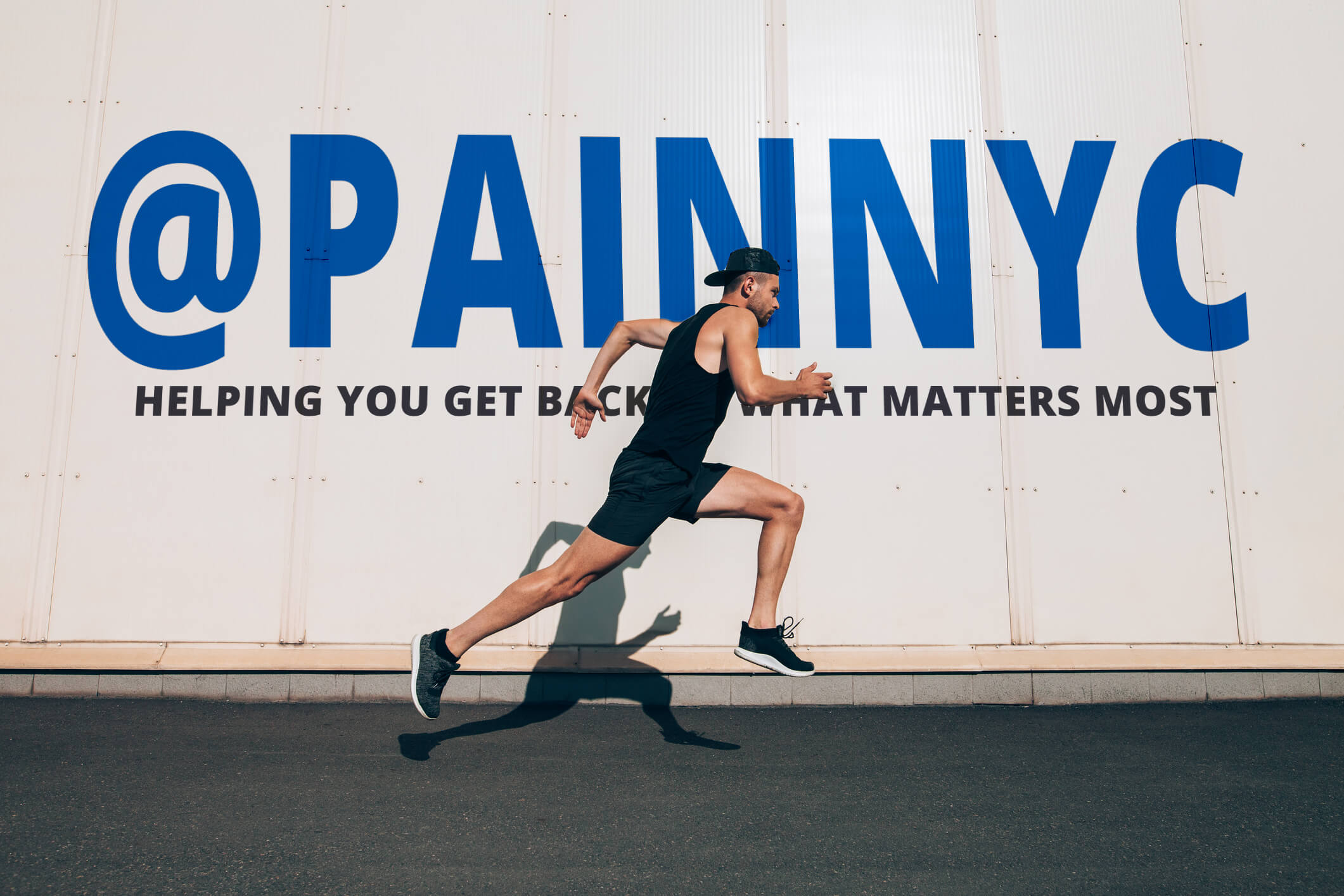Do you struggle with pain especially pain located in the neck or lower back? Perhaps you’ve been told by your doctor that you may have stenosis of the spine. This condition is one in which some people do not develop symptoms, especially at the start of the condition. Symptoms of persistent pain often worsen over time, leaving you unable to do many of the activities you are used to doing. If you believe you have spinal stenosis, or you have been told you have it, work closely with our spinal stenosis doctors in New York City to learn more about the condition and what your treatment options are. Many men and women can overcome the pain and get back to living a higher quality of life.
Just What Is Spinal Stenosis to You?
Spinal stenosis can range significantly from one patient to the next. There are several forms of this condition, but they all center around the narrowing of the spaces within the spine. These spaces are very important to the movement and function of your spine. They allow it to bend and turn, move and flex. When the space between the spinal cord and nerves becomes too small, though, this triggers the sensation of pain. That pain often seems to travel all the way from your lower back down into your legs.
Why Is This Happening to You?
Some people are born with spinal stenosis. More commonly, it occurs as a person gets older and your spinal column begins to wear down. If you have osteoarthritis, you are likely to develop this condition to some level. It’s important not to ignore this condition since it can worsen and leave you facing significant pain and limited movement. With the help of our New York City back doctors, we can help you to find out what is causing your pain and help you to find the proper treatment to reduce the pressure on the nerves and improve your overall function again.
Spinal stenosis is a common disorder in men and women age 50 years and older. Stenosis is actually a Greek term that means narrowing of a structure. The spinal canal or neuroforamen (nerve root pathways) can become narrow as a result of degenerative changes that affect the discs or facet joints (or both–see anatomy of the spine). Some people are born with spinal stenosis; this is termedcongenital spinal stenosis. Spinal stenosis may develop in someone with a history of spinal injury or trauma that occurred months or years before the onset of symptoms.
Two types of spinal stenosis:
- Central spinal stenosis refers to spinal canal (cord) compression.
- Foraminal stenosis refers to nerve root compression.
Neck and low back
The cervical (neck) and lumbar (low back) are the most common regions where spinal stenosis develops. Spinal stenosis is a spinal cord or nerve root compression problem. This means pressureon the spinal cord or nerve root (or both) causes pain and symptoms. Some patients may have both spinal cord and nerve root stenosis.
Diagnostic examination
The purpose of a diagnostic examination is to learn about your general health, lifestyle, past medical history, and current back problem. The information gathered our staff during your exam is combined with imaging or other test results to confirm your diagnosis.
Questions our Doctors may ask include:
- When did your pain start?
- Did a particular event precede pain?
- Has your pain improved or worsened?
- Does pain radiate into another part of your body?
- On a scale of zero (no pain) to 10 (agony), what is your current pain level?
- Does pain affect your ability to work or perform ordinary activities of daily life?
- Do pain and symptoms disrupt your sleep?
- Other questions specifically related to you and your symptoms.
MRI is performed to evaluate your spine. Sometimes a plain x-ray is ordered. Depending on the results of your examination and MRI, our doctors may conduct electrodiagnostic studies.
Interventional treatment
We may combine non-operative interventional treatments to help resolve pain and improve mobility. Interventional means to ‘intervene’ to stop and manage pain while you heal.
Treatments are administered in a step-wise way. We believe less can be more, and the staff at Rehabilitation Medicine Center of New York applies that philosophy to our treatment approach. For example, a non-steroidal anti-inflammatory drug and physical therapy may be as effective as a narcotic painkiller, but with fewer side effects. However, no two patients are alike, and your spinal stenosis may require more aggressive care.













